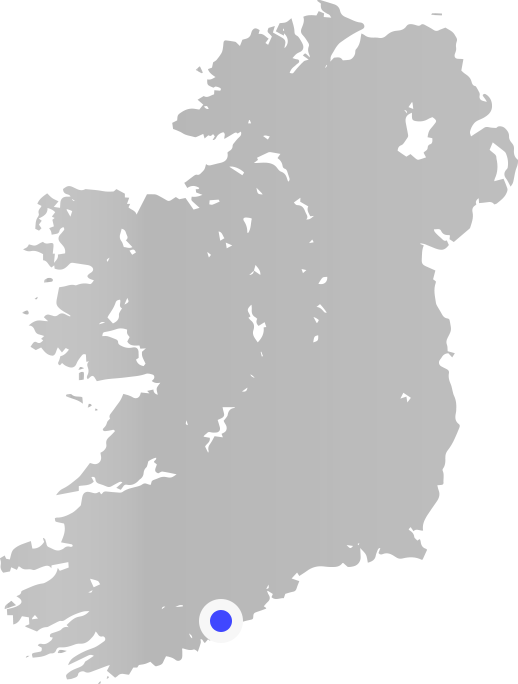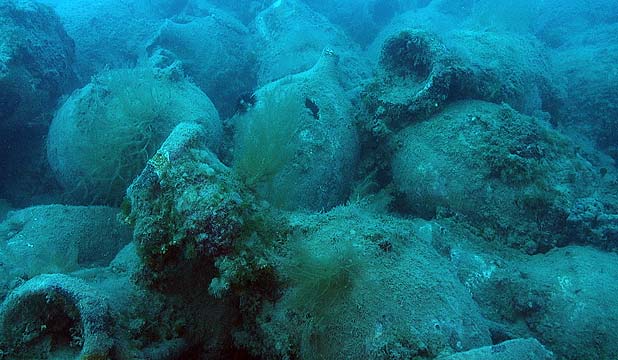Blog Phasellus consequat orci eget ex euismod vulputate at quis lorem. In euismod accumsan tortor, quis dictum ligula lacinia sit amet. Aliquam eget vulputate urna. Integer posuere lobortis elit, ac dignissim elit ullamcorper vitae. Mauris dignissim...

Why go tech? Motivations behind technical diving

In this essay, sports psychologist and technical diver Matt Jevon draw some parallels between the sport of technical diving and the sport of motorcycle racing, including attitudes and behaviors regarding the inherent dangers and risks, sharing insights into our own nature as divers and adventurists. Images by: Barb Roy
Divers in training doing their safety stops
Photo by Barb Roy. A good few years ago, I was a newly minted sports psychologist. I had three years of supervised experience, after getting my graduate degree. I was looking to get involved in a practice as soon as possible, applying all that knowledge and theory I had acquired. One of my first roles was working with a motorcycle racing team, a very interesting setup. I was working with youngsters, from 13 and 14 years of age, up to senior riders, all of whom were connected through the manufacturer’s team. The youngsters raced on single-make series 125cc and 250cc motorcycles, depending on age; they then moved on to Supersport World Championship races; and finally, for the talented few—Grand Prix motorcycle racing. False assumptions In the first meeting with the team, I mistakenly went in with a few assumptions—classically making a fool of myself. One assumption I had was that I would have to deal with issues about the dangers, speed, and risks of motorcycle racing—perhaps having to develop strategies to manage concentration blips caused by threats (or “cognitive intrusions”, in psychology parlance) after a moment of control loss, or a competitor running them wide, etc.

Nothing could have been further from reality. The same false assumptions are often made when people find out that I cave dive or engage in deep mixed-gas closed circuit rebreather (CCR) diving. I am looked upon as an adrenaline junkie or thrill-seeker. When I tell people that I love diving with sharks, they start looking around for nurses and straitjackets. At that point, even though I try to explain how much care I take to be safe, it often merely looks like I am either a fool who does not understand the risks—which, of course, the uninitiated clearly understand better than I do—or I am a hero in rubber and latex, which is, needless to say, rather unlikely. At any rate, my experience to date in training and diving with some of the world’s pre-eminent cave and technical divers has shown me huge parallels with the motorcycle and rally drivers, with whom I have worked. None of them are thrill-seekers. In fact, they are the opposite. This does not mean they ignore or blank out the risks entirely. They coolly and calmly assess the risks, then formulate strategies and responses to deal with these risks. Once satisfied that the risks have been managed, their conscious and subconscious minds are free to focus on the objective—winning. Accomplishing a successful dive mission or winning a race is indeed similar. Interestingly, motorcycle rally as a sport has a great saying: “To finish first, first finish!” The same is true in diving: To have a successful dive, finish alive! Motivation So what drives technical and cave divers to set and pursue their goals? Challenge. Well, for some, it is clearly the challenge of exploring their personal limits. In any field of human endeavour, this is a great driver and motivator. I see these guys as students and for a while as peers, working their way up through the levels until they hit the outer edges of certification programmes. But then, after a couple of years or less, they drop out or fall back. Job done, goal achieved. Self identity. For others, it’s about the love of what they get to be, the sense of self and identity—the element of both uniqueness and individuality involved in being at the highest level of a sport. In short, it’s about the passion to be different, to be excellent, in a society that all too often seems to pander to the average or worse, the lowest common denominator. So, I can empathise with the drive for excellence; it is a boost to one’s self-esteem to be a little bit different, to be unique, to be part of a small and select group. Because it’s there. For many, it’s the Everest story: They dive a wreck or a cave “because it’s there”. For some, that feeling of discovering a new wreck, of exploring a virgin cave and laying a new line, can’t be beat. Hardships will be suffered; the edge of acceptable risk will be pushed and sometimes exceeded; but the experience of being the first human to set foot on a ship since it sank over 100 years ago, or to explore a new cave passage or connect a system, will be the reward that pays back again and again. Achievement. It’s not a question of whether or not the experience rewards or satisfies the ego. For some, it’s all about the task and the process to reach the outcome. Both ego and task work well as positive drivers. A person who is both highly ego-driven and highly task-driven is the most likely to succeed. In fact, these characteristics are key predictors of talent in high performance sport and business as well as in diving. Beating the odds. There is also a huge satisfaction to be gained in simply beating the odds. For some, this is exultation; for others, relief. It depends on whether or not the major part of your motivational make-up is linked to a need to achieve or avoiding a fear of failure. For me, when I played rugby, winning was a relief, first and foremost—a vindication of the training, the preparation and the hard work. After that, was the celebration. I feel the same coming out of a deep dive or a cave—a complete satisfaction at having managed the odds. I need to review and embed this reaction before I can enjoy the “success” of the dive. Stressors Conversely, the things that cause the greatest stresses in motor sports include dealing with sponsors, discomforts of travel and strange hotel rooms, legal and insurance issues, not to mention, family and friends. It’s not too different from diving. That is where the real psychological work is done: making sure that none of these issues interfere with concentrating on the objectives. Risk-takers and thrill-seekers So, do people dive for the thrill, for the element of risk? I am certain there are some who do. I have met a few, and not always with big egos either. They just have a need to go beyond their comfort zones in order to feel alive. Some cultures seem more prone to excessive risk-taking and thrill-seeking than others. The strange thing is this: The thrill-seekers will probably take risks on dives which could be properly managed with the right training, kit and preparation. I cannot say I have come across these traits in the divers I have met who have truly achieved feats of exploration and are still here to share those experiences with us. These pioneers take a more thorough approach to often much bigger risks, building in safety and maximising performance by knowing how to manage and mitigate those risks. Whatever the reason you dive, whether it’s because the wreck or cave “is there”, or because you like to be an individual, or because you like to coolly and calculatedly beat the odds—good on you, and dive safe. Stay away from the thrill-seekers. Stay safe, stay focussed. ■ A native of the Republic of Ireland, Matt Jevon, MSc., is an experienced and passionate open and closed circuit 100m trimix diver and full cave diver. Whether using backmount, sidemount or his favourite JJ-CCR rebreather, Jevon believes technical diving is all about being safe, having an awesome dive and enjoying experiences few people share. Jevon holds instructor qualifications from TDI, PADI TECREC and IANTD, and partly owns South West Tech—a TDI dive centre in Ireland. Jevon is also an approved JJ-CCR instructor and dealer. In addition, he is a sports psychologist, senior rugby coach and works in strategy and private equity. For more information, please visit: www.swt.ie Download the full article ⬇︎ ↪ Click here to download pdf (then right-click on link to save) Originally published on page 74 X-Ray Mag #74

Pat
Chairperson
Related Posts
2015 Diving Season
Umbrella Rides The Wind
Blog Phasellus consequat orci eget ex euismod vulputate at quis lorem. In euismod accumsan tortor, quis dictum ligula lacinia sit amet. Aliquam eget vulputate urna. Integer posuere lobortis elit, ac dignissim elit ullamcorper vitae. Mauris dignissim...
Hip Young Woman
Why go tech? Motivations behind technical diving
Blog In this essay, sports psychologist and technical diver Matt Jevon draw some parallels between the sport of technical diving and the sport of motorcycle racing, including attitudes and behaviors regarding the inherent dangers and risks, sharing...
You are New
or Experienced Diver ?
You can
find us
LOCATION/CONTACT
Address Cork City
Email: info@dauntsac.com
Phone: 087 343 6711
OPENING HOURS
ALL THE TIME











